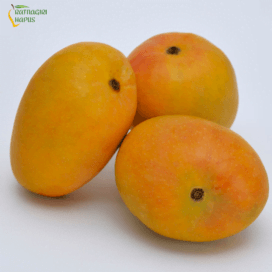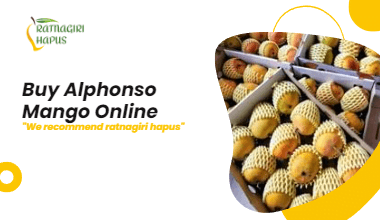
Mangoes are a delicious and popular fruit, but sometimes they can be hard and unripe when you buy them. If you want to enjoy ripe and juicy mangoes as soon as possible, there are natural methods to speed up the ripening process. In this blog post, we will discuss five methods to Ripen Mango faster at home.
Paper Bag Method
The paper bag method is one of the most popular ways to ripen mango at home. Here are the steps to follow:
- Put the mangoes in a paper bag and fold the top of the bag to close it.
- Keep the bag in a warm place such as a sunny windowsill or near a fruit bowl.
- Check the mangoes daily to see if they have ripened.
The mangoes will release ethylene gas which will help to ripen them faster. This method can take anywhere from two to five days, depending on how ripe the mangoes were when you started.
Rice Method
The rice method is another effective way to ripen mango faster. Here are the steps to follow:
- Take a container and fill it with uncooked rice.
- Place the mangoes on top of the rice and cover the container with a lid.
- Keep the container in a warm place.
- Check the mangoes daily to see if they have ripened.
The rice will absorb moisture from the mangoes, speeding up the ripening process. This method can take anywhere from two to five days.
Banana Method
The banana method is a simple and effective way to ripen mango faster. Here are the steps to follow:
- Place a ripe banana in a paper bag with the mangoes.
- Fold the top of the bag to close it.
- Keep the bag in a warm place.
- Check the mangoes daily to see if they have ripened.
The banana will release ethylene gas which will help to ripen the mangoes faster. This method can take anywhere from two to five days.
Oven Method
The oven method is a quick way to ripen mangoes, but it requires careful monitoring. Here are the steps to follow:
- Preheat your oven to 150 degrees Fahrenheit.
- Place the mangoes on a baking sheet and put them in the oven for 15-20 minutes.
- Check the mangoes every five minutes until they are soft and ripe.
This method is faster than the other methods, but it requires constant monitoring to prevent the mangoes from over-ripening.
Newspaper Method
The newspaper method is a traditional way to ripen mangoes that has been used for generations. Here are the steps to follow:
- Wrap each mango individually in newspaper.
- Place the mangoes in a warm place.
- Check the mangoes daily to see if they have ripened.
The newspaper will help to absorb moisture from the mangoes, speeding up the ripening process. This method can take anywhere from three to seven days.
Conclusion
Now that you know how to ripen mangoes faster and naturally at home, you can enjoy ripe and juicy mangoes whenever you want. These methods are easy to follow and use natural ingredients that are safe and effective. Try these methods the next time you buy unripe mangoes and enjoy ripe and delicious fruit in no time!














